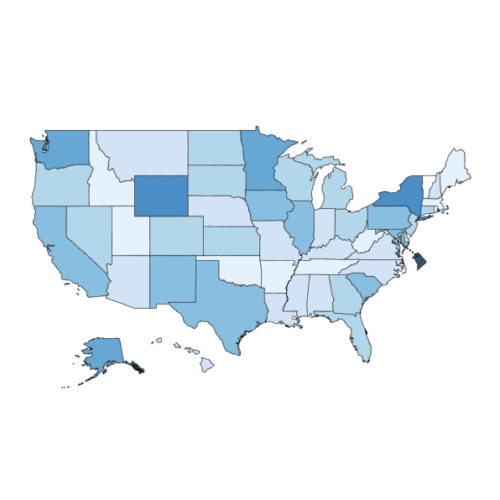Rethinking Heat in Thousands of School Classrooms through Continuous Monitoring and Novel Exposure Metrics
M. Pilar Botana Martinez, Priam Dinesh Vyas, Katherine H. Walsh, Lauren Main, Lauren Bolton, Yirong Yuan, Masanao Yajima, M. Patricia Fabian ,
In this study, the authors examined heat exposure in classrooms across a large school district in the Northeastern United States during the hot season of 2023. Using a novel indoor sensor network and data science techniques, they analyzed minute-level temperature data from over 3600 classrooms in 125 school buildings. They employed a first-of-its-kind commercial-grade indoor sensor network and data science methods to quantify heat exposure through innovative heat metrics that capture intensity, frequency, and duration. They also characterized spatial variability within and between buildings with three types of AC. On average, intra-building temperature variation was 2.3 degrees Celsius (°C), with a maximum of 14.3°C. On hot days, classrooms exceeded extreme caution thresholds by 0.1 %, 1.1 %, and 8.4 % in schools with central, window, and no AC, respectively. Classrooms on the top floor were 0.3 °C, 0.5 °C, and 5.7 °C warmer than those on the first floor for central, window, and no AC groups, respectively. Novel and traditional heat exposure metrics showed weak correlation, affecting school rankings. The findings identified schools with the greatest cooling needs and explored key predictors of classroom overheating. The results emphasize the need for continuous temperature monitoring in all classrooms and highlight the importance of access to mechanical cooling in areas that have not historically been prepared for extreme heat. This research demonstrates how data analyses, supported by researcher-school partnerships, can help address critical climate resilience challenges in schools.
Topics
Format(s)
- Website



